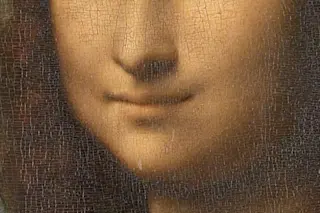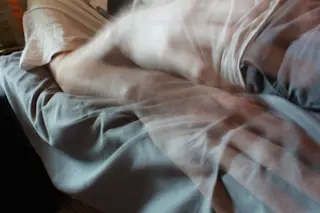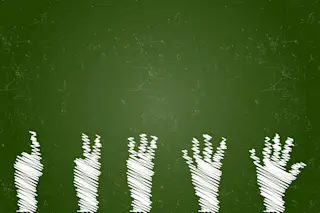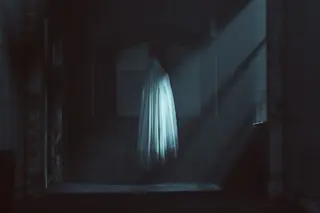Researchers have unraveled the mystery of the Mona Lisa’s enigmatic smile, with help from another Leonardo da Vinci painting that uses the same clever technique.
The Mona Lisa has captivated people for centuries because her smile is so elusive; from one angle, she seems to be smiling, but when you look directly at her lips, her smile appears to flatten. It’s really a clever visual trick, in which subtle blending of colors exploits our peripheral vision.
And now it appears da Vinci had used the trick before. A recently discovered earlier da Vinci portrait, “La Bella Principessa,” uses the same visual effect to create the impression of an elusive smile.
Left, Mona Lisa, and right, La Bella Principessa.
Left, Mona Lisa, and right, La Bella Principessa.
The girl in the portrait is Bianca, the illegitimate daughter of Ludovico Sforza, who ruled Milan during the 1490s. Her father commissioned the painting ...














